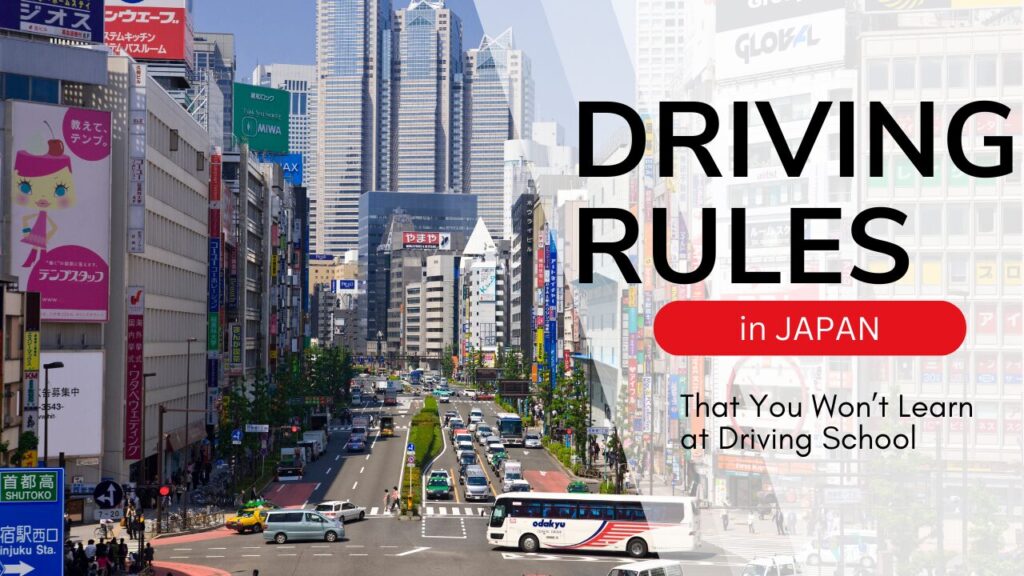
When driving on snowy roads in Japan for the first time, caution is necessary. It is important to know regions with heavy snowfall and the time periods when snow falls. If you’re looking for a vehicle that handles well on snowy roads, it’s recommended to choose a 4WD (four-wheel drive). Snow tires are essential. However, in areas like Tokyo, where it doesn’t snow much, many rental car companies don’t have snow tires as standard, even in winter. There are cases where you might reserve a rental car only to find it has regular tires.
In this article, we will explain how to drive comfortably on snowy roads in Japan!
Regions with heavy snowfall and the period when snow falls
The Sea of Japan side naturally receives more snow due to its geographical features. This happens because cold seasonal winds blowing in from the continent warm up as they cross over the Sea of Japan. The warm sea surface evaporates moisture, which combines with the winds to form clouds. For this reason, you need to be cautious when driving on snowy roads in the Tohoku region and the Sea of Japan side.
The regions with heavy snowfall are as follows:
Aomori Prefecture, Hokkaido, Toyama Prefecture, Ishikawa Prefecture, Niigata Prefecture, Yamagata Prefecture, Fukui Prefecture, Akita Prefecture, Iwate Prefecture, Nagano Prefecture, Fukushima Prefecture, Tottori Prefecture, Miyagi Prefecture, etc.
Does it snow in Tokyo?
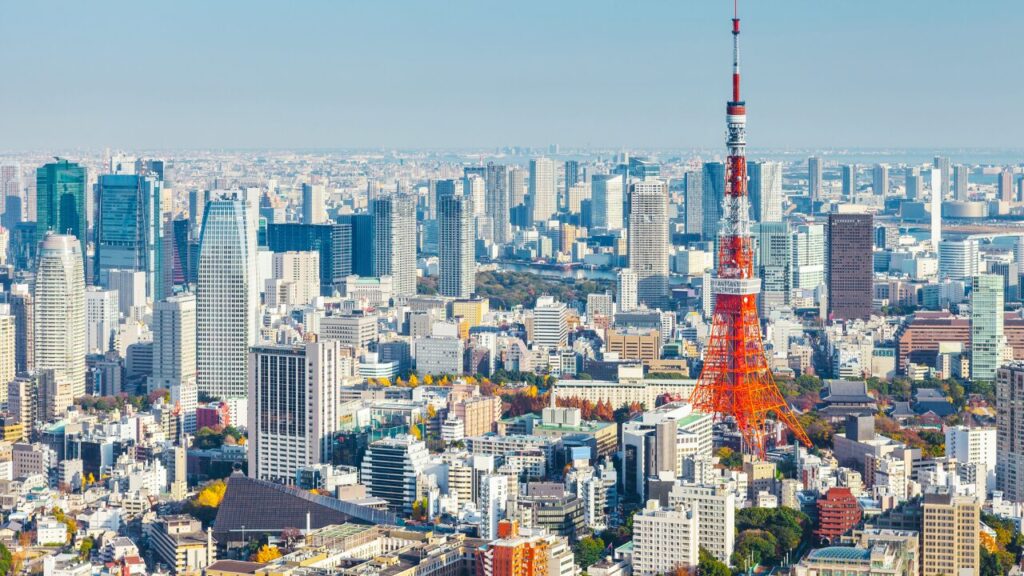
Snow can fall in Tokyo around January or February. Most of the time, it’s light snow that barely covers the streets, but occasionally, more than 5 cm of snow may accumulate. When there is heavy snowfall in the Tokyo area, public transportation, including trains, buses, and taxis, often come to a halt, so it’s important to be cautious.
In many rental car companies in Tokyo, regular tires are often the standard even in winter. Therefore, if you are renting a car in Tokyo to go to a ski resort, be sure to check if the rental car is equipped with snow tires and whether it is 4WD or 2WD before renting.
At ASAHI MOTORS Rent a Car, snow tires are standard equipment in winter, and they also offer 4WD rental cars. Feel free to contact them!

More important than snow: Watch out for icy roads
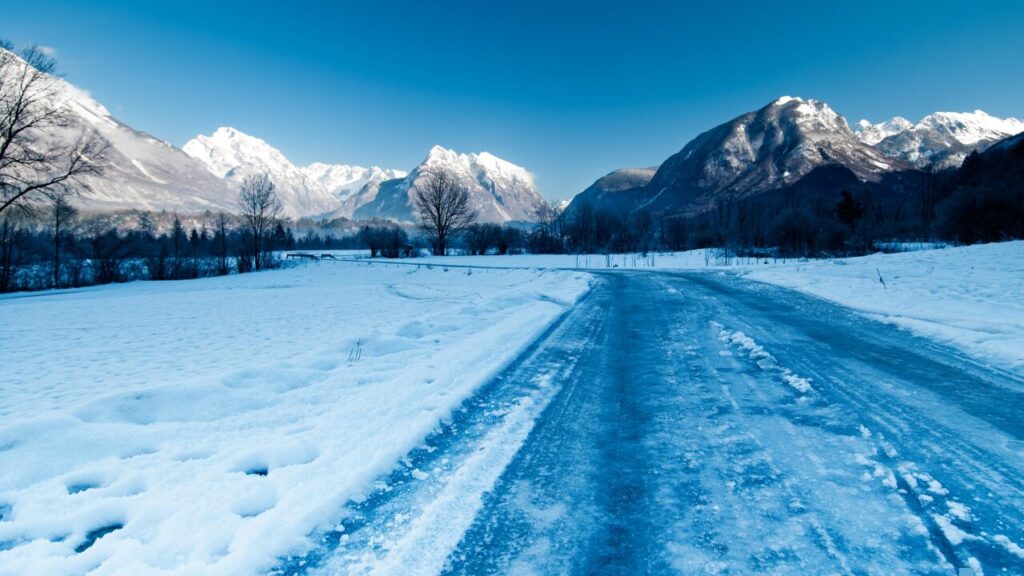
From December to March every year, emergency accidents occur due to slipping and falling on snow-covered or icy roads. Be sure to take preventive measures as follows:
- Choose shoes with good slip resistance.
- Walk carefully and be mindful of your footing.
- Be especially cautious in the days following snowfall, as accidents tend to increase.
- Check the weather forecast in advance, avoid snow-covered or icy roads, and allow extra time for your activities.
Checklist Before Driving on Snowy Roads

Plan your route and time with plenty of leeway!
When driving on snowy roads, it’s important to drive at a slower pace, which will naturally take more time than usual. Additionally, traffic jams are not uncommon on snowy roads. Therefore, it’s essential to create a plan that allows plenty of extra time, such as starting your trip earlier. If there is a forecast for heavy snow, it’s also important to reconsider your driving plans and avoid unnecessary outings.
Stick to major roads
If you need to drive on a route where snowfall is expected, try to choose major roads that are safer. Even if there is a shortcut, avoid routes where snow is likely to accumulate, and choose a route with better road conditions. When it’s snowing, it’s generally safer to drive on well-traveled main roads, as this can help prevent potential problems.
Keep your gas tank full
On snowy roads, accidents or road closures are more likely to occur, and it may take much longer than expected to reach your destination. If you run out of gas on the way, you won’t be able to use the heater, so make sure to fill up your tank before setting out.
Lift your windshield wipers
If you leave your wipers down, the rubber might freeze and stick to the windshield. If you then try to force the frozen wipers to move, it could damage the wiper blades or the motor that controls them. To prevent this, it’s recommended to lift your wipers before it snows.
Turn on your headlights even during the day
Be mindful of sudden snowstorms or blowing snow that can reduce visibility. When driving on snowy roads, make sure to turn on your headlights even during the daytime, and always keep a safe distance from the vehicle in front of you.
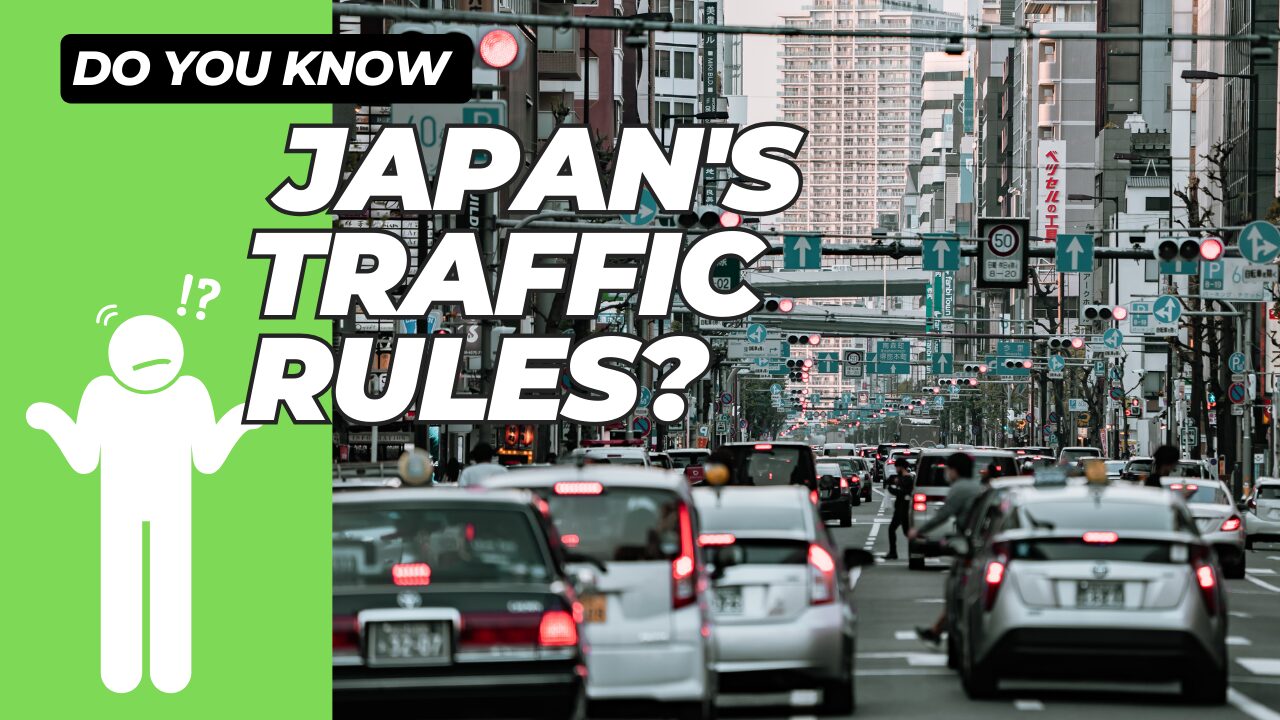
<Points where dangerous accidents can occur>
①Road with fresh snow
Although it varies by region, snow begins falling as early as November in some areas, with the peak snowfall season being from mid-January to February. Snow usually stops between early to late March. Regions with heavy snowfall are often found in the Tohoku region and the Sea of Japan side.

On roads with fresh snow, the boundaries between the road and sidewalks or gutters are difficult to distinguish.
②Roads covered with slush

Roads covered with slush are dangerous because they are prone to hydroplaning phenomena.
③Whiteout
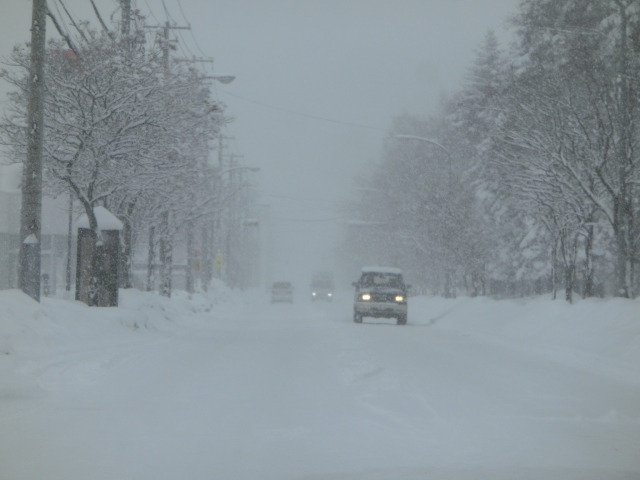
Whiteout is a situation in which heavy snowfall and strong winds cause snow to be blown up and visibility to become completely white. In this situation, you can hardly see anything.
④”Ice burn”

When the heat from the car melts the snow and it freezes again, making the road surface slippery, this condition is called “ice burn”. It is more likely to occur at intersections where there are many starts and stops, and at curves and places where there is little sunlight.
Road surfaces that appear to be just wet asphalt at night, early in the morning, or in the shade during the day may actually be frozen with a thin ice film.
<Effective countermeasures>
①No sudden braking, sudden acceleration, or sudden steering

Keep in mind that you should start and stop slowly.
・Use engine braking as appropriate.
・Slow down well before the curve and then turn the steering wheel slowly.
②Keep a safe distance between vehicles
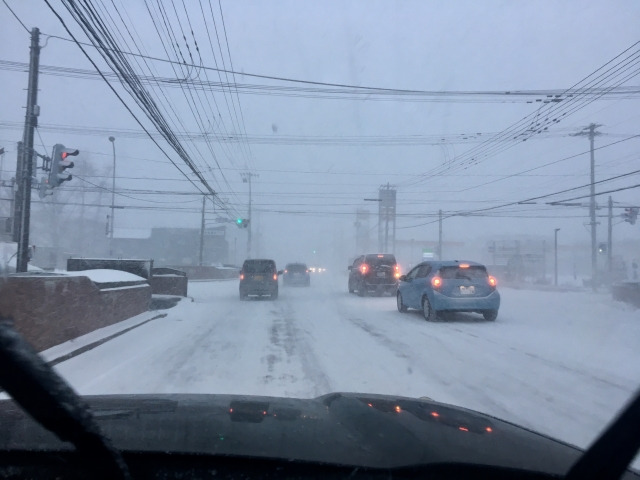
Because snowy roads are slippery, the braking distance(distance from when you step on the brake to when the car comes to a stop)tends to be longer.
③Use vehicles equipped with studless tires
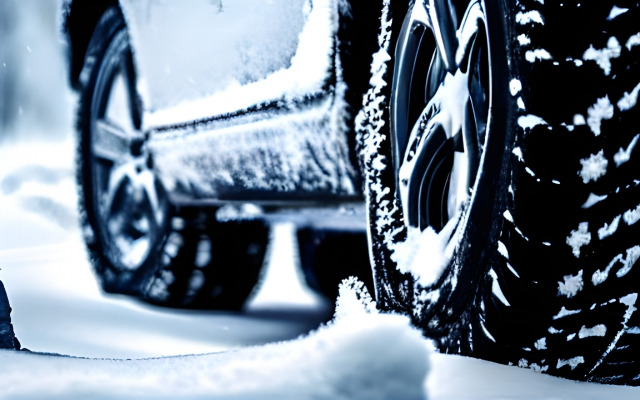
Vehicles in the ASAHI MOTORS Rent a Car fleet can be equipped with studless tires as an option.
Tire chains are available for emergency evacuation.
④Prepare a portable jump-starter as the battery can go up

ASAHI MOTORS Rent a Car also rents out portable jump- starters, so you can drive without worrying if your battery should run out.
